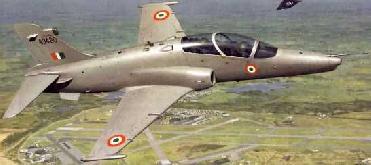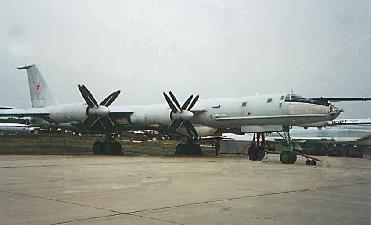
The Hawk first entered service with the Royal Air Force (RAF) in 1976, both as an advanced flying-training aircraft and a weapons-training aircraft. Over 900 Hawk aircraft are in operational service with or have been ordered by 18 customers world-wide, and nearly 2 million flying hours have been logged on the type.
The Hawk Advanced Jet Trainer is the latest version of the world’s most successful advanced jet training aircraft.
The most recent Hawk is the new Hawk Advanced Jet Trainer (AJT) which has been developed to provide training for future pilots of 4th and 5th Generation aircraft such as Typhoon, F-35 Lightning II and F18 to name just a few.
The Hawk continues to be the most capable and cost-effective advanced jet trainer – in service, in production and in demand.
India signed a contract, worth around $1.75 billion in March 2004 for buying 66 Hawk AJTs, with 24 of these aircraft being built in the United Kingdom by BAE Systems, and the remaining 42 manufactured under ‘licence build’ in India by Hindustan Aeronautics Limited (HAL).
British aircraft maker (BAE) Systems is the manufacturer of the Hawk aircraft.The Hawk’s primary site is at Brough in East Yorkshire, which boasts a full range of capabilities including design, engineering, manufacture, testing and in-service support. The aircraft are designed, developed and manufactured through to final assembly, and are then transferred by road to Warton in Lancashire where flight- testing takes place.
Specifications:
Dimensions:
Overall Length- 11.35m
Wingspan with Missiles- 9.94m
Overall Height- 3.98m
Weights:
Basic Empty Weight- 4,450kg
Design Maximum Take-Off Weight- 9,100kg
Fuel Capacity:
Internal Tanks- 1,655l
External Tanks, Maximum- 1,182l
Performance:
Maximum Dive Speed Mach- 1.2
Maximum Level Speed- 1,000km/h
Service Ceiling- 13,716m
Maximum Payload- 3,000kg
Power:
Engine Rolls- Royce mk871 Adour turbofan
Maximum Static Thrust Uninstalled at Sea Level- 25.5kN
Design load factors:
Maximum Structural Limit +8g to -4g
Limits with 1,360kg Payload and 60% Internal Fuel +8g to -4g
Limits with 2,720kg Payload and 60% Internal Fuel +6g to -3g
-Courtesy:
Airforce-technology.com
 Previous Article
Previous Article













The Indian Air Force, in its flight trials evaluation report submitted before the Defence Ministry l..
view articleAn insight into the Medium Multi-Role Combat Aircraft competition...
view articleSky enthusiasts can now spot the International Space Station (ISS) commanded by Indian-American astr..
view article